W* Bespoke: Wallpaper* & Skagen, Danish bicycle culture
Wallpaper* and Skagen combine creative forces in a series of initiatives to celebrate fine craftsmanship, the Danish design ethos and quality time. Each project offers a visual exploration of the watch and design brand's style, simplicity and singular vision
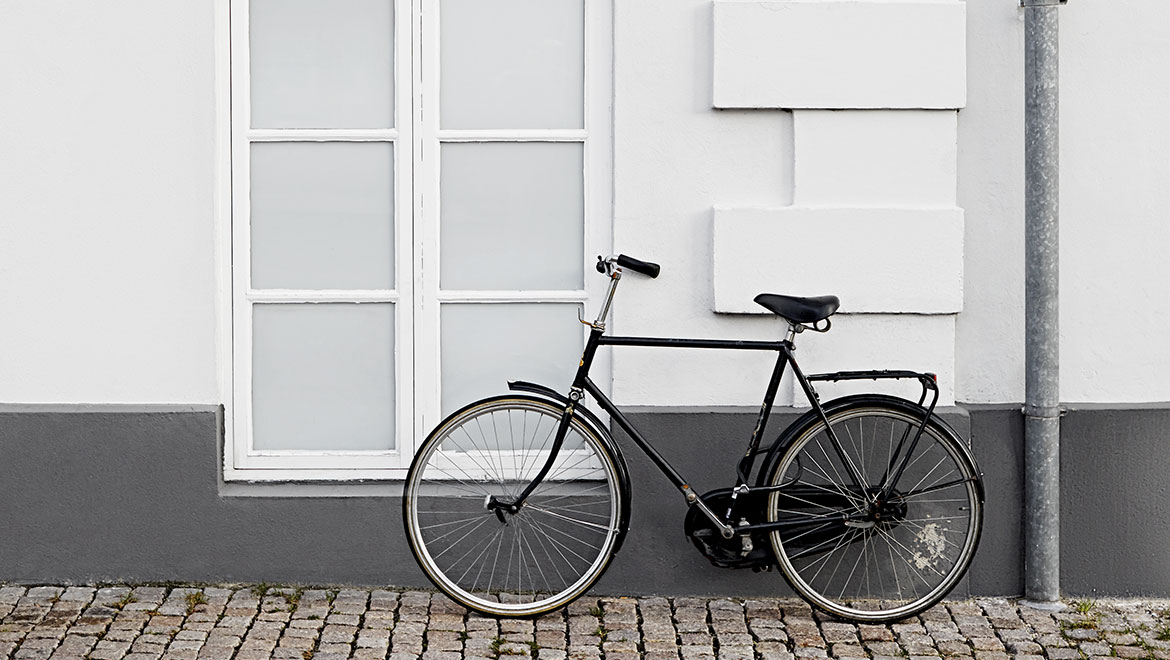
Cycling is in Denmark’s cultural DNA. Two-wheeled transport is what keeps the country rolling, civilized, robust, sane, connected and liberated. Visit Copenhagen and the first thing that strikes you is the sheer number of citizens who have chosen to travel by bicycle, sitting bolt upright on big-wheeled machines, togged up in gloves and scarves, baskets loaded with shopping, faces to the biting, Northern Hemisphere air. You see them on every street and at every junction, busily spinning across town in zero-emissions commuting packs that calmly outnumber cars (nine out of ten Danish people own a bicycle) and gently overwhelm pedestrians (50% of all Copenhagen citizens commute by bike every day).
No matter what the conditions – rain, snow, frost or fog – the Danish are on their bikes. “There is no such thing as bad cycling weather,” the Danes will explain as they add another thermal layer. “Only unsuitable clothes.”
Denmark’s unique and elegant velo-aesthetic is gorgeously engineered and hand built bicycles with high-headed frame geometry and simple gear configurations, elaborately sprung leather saddles the girth of tractor seats, swept back handlebars wrapped with leather grips and a woven basket attached to the front for groceries. Luxury rendered as simplicity, contemporary urban chic and thrillingly non-polluting efficiency.
The minimal design ethos of whirring wheels on cobble stones is echoed in the textures, forms and lines of the collections produced by SKAGEN.
The SKAGEN Fall 2015 Collection of watches, jewellery and leather goods represents a commitment to sharing the joy of simple choices. Examine SKAGEN’s Ancher Mono wristwatch, for instance, and you’ll experience a timepiece that subtly references the cycling vernacular of Denmark; the sleek, minimalist, single hand style of the watch’s face redolent of a bicycle pump’s pressure gauge, its circular case referencing the perfection of a bicycle wheel’s rim while the metal band appears to be made of woven spokes.
Founded in 1989 and named after the Danish village of Skagen, where the Baltic and North Seas meet, the SKAGEN brand combines Danish inspired design with contemporary innovation, creating functional, purposeful, quality products that offer an alternative to the complex world and make an authentic connection to simple pleasure. SKAGEN’s portfolio of products now includes not just wristwatches but also home goods, jewellery, leather accessories and luggage. SKAGEN’s Krøyer Backpack, for instance, is a lovingly constructed and practical, modern classic; hardy and urban and full of useful pockets for phones and U-lock keys, it’s designed to turn any two wheeled journey into an adventure and a freewheeling pleasure.
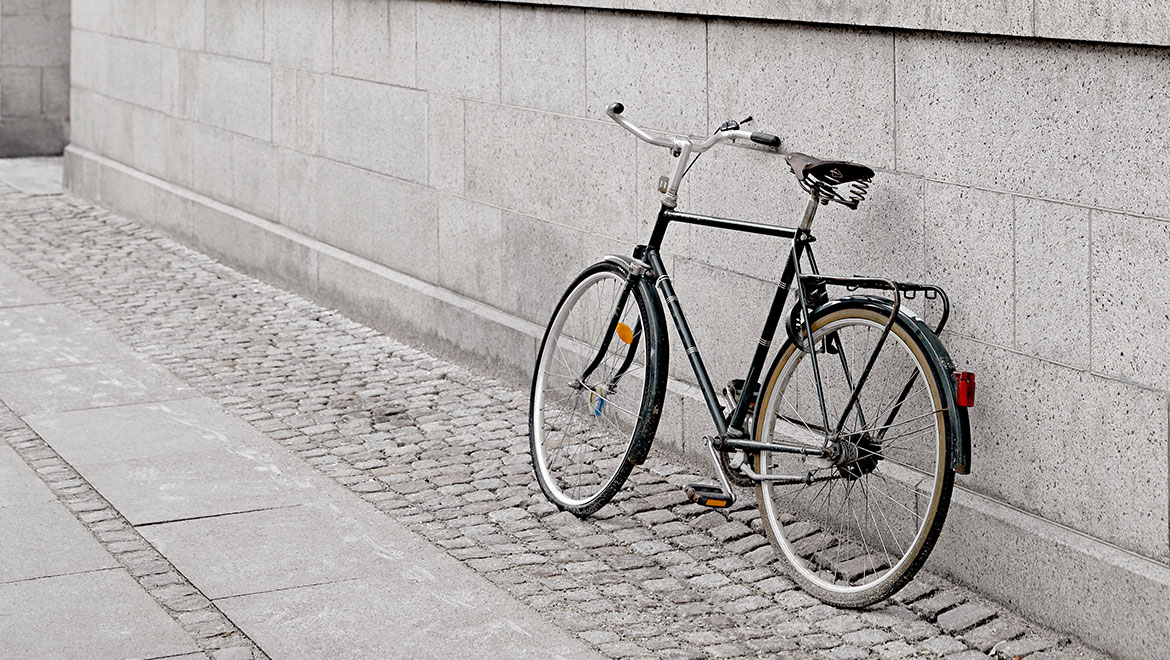
The country's unique and elegant velo-aesthetic is found in gorgeously engineered and hand built bicycles with high-headed, straight-backed frame geometry and basic gear configurations – luxury rendered as simplicity, contemporary urban chic and non-polluting efficiency
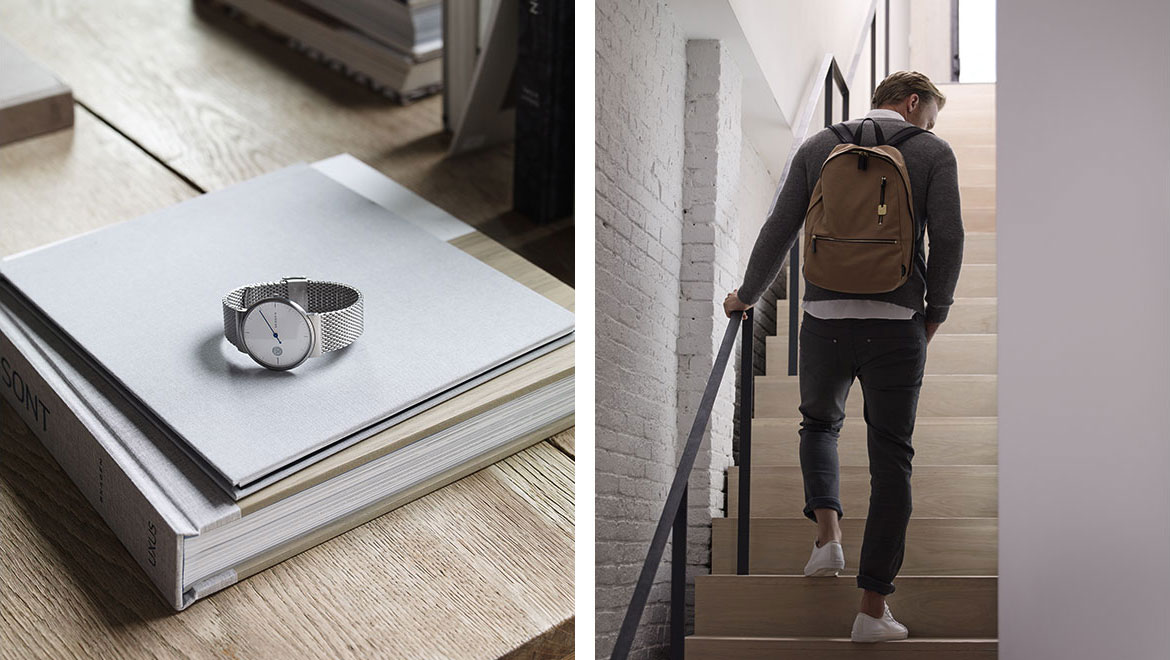
The minimal design ethos of whirring wheels on cobble stones is echoed in the textures, forms and lines of the collections produced by SKAGEN. The brand's Fall 2015 collection of watches, jewellery and leather goods represents the commitment to sharing the joy of simple choices. Left: Ancher Mono Steel Mesh wristwatch. Right: Krøyer Backpack

The Ancher Mono wristwatch subtly references the cycling vernacular of Denmark
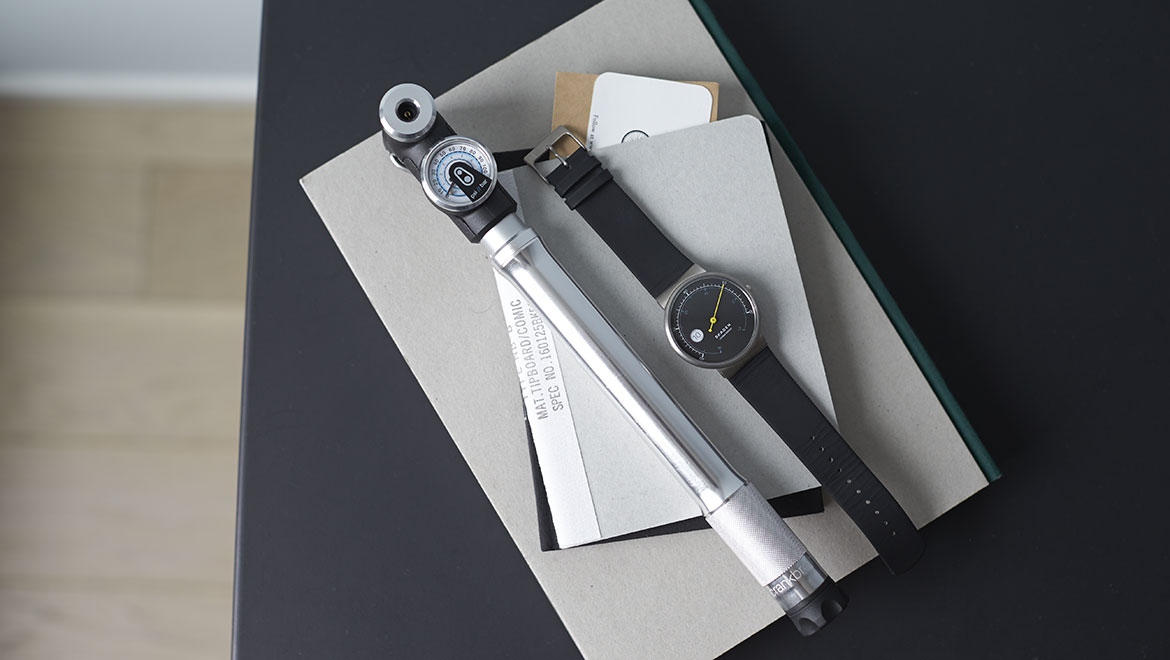
The sleek, minimalist, single hand style of the watch’s face is redolent of a bicycle pump’s pressure gauge...
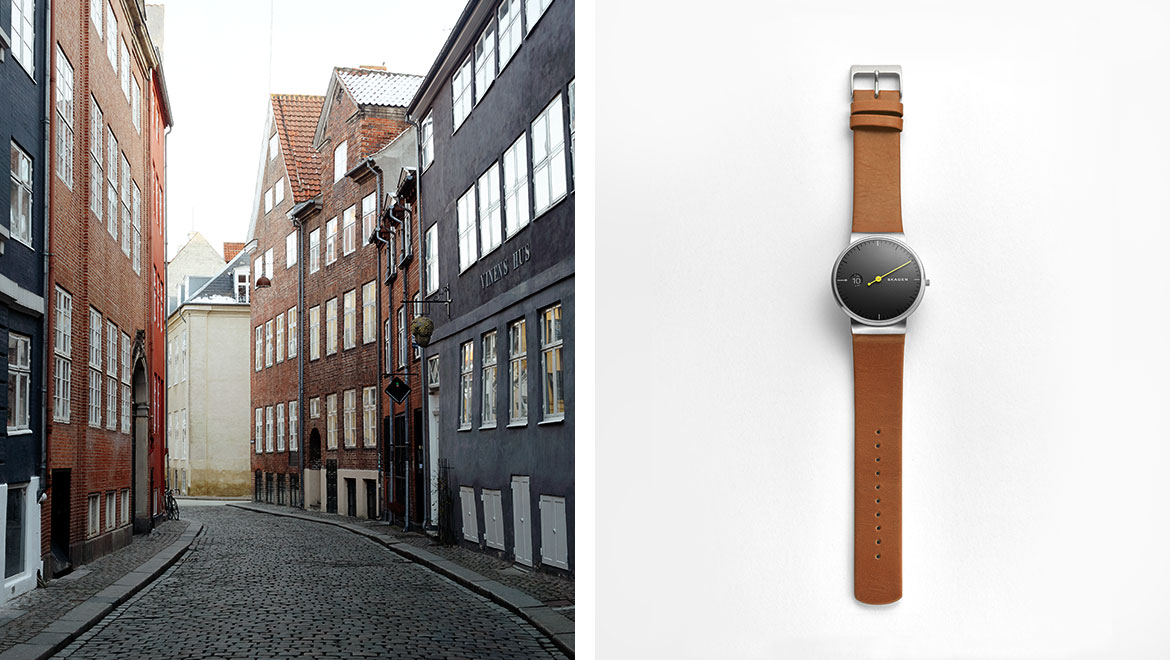
The Ancher Mono is available with either a steel mesh, brown or black leather strap
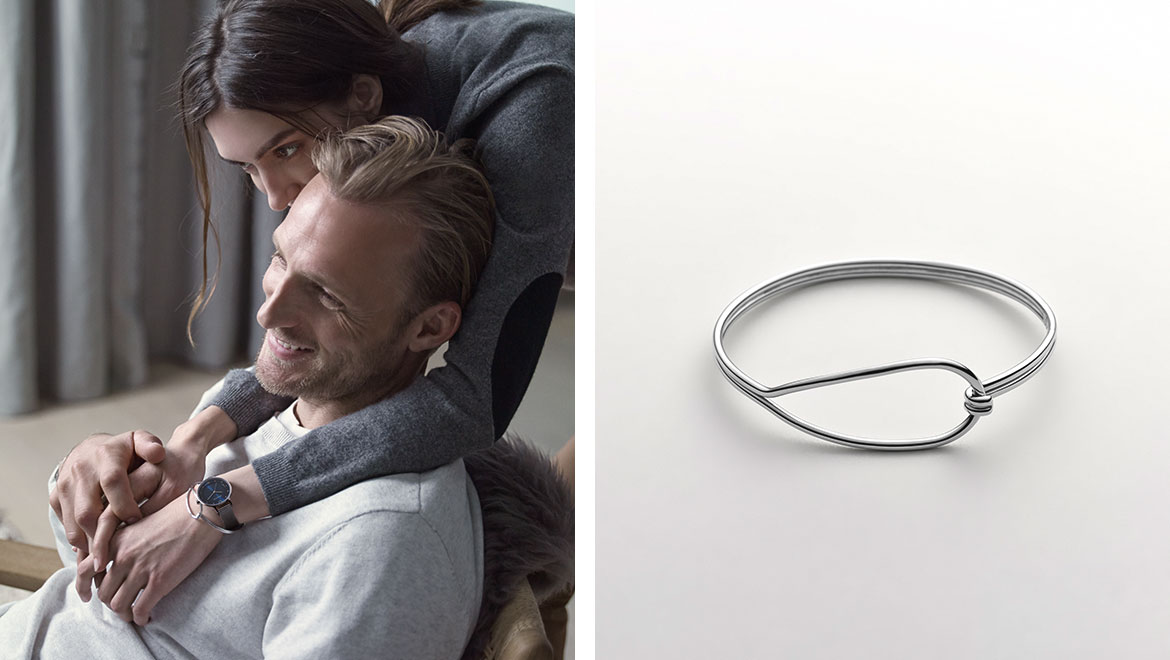
The collection's Anette Silver-Tone Bangle Bracelet further exemplifies this dedication to elegant simplicity, inspired by a dream of infinite time
Wallpaper* Newsletter
Receive our daily digest of inspiration, escapism and design stories from around the world direct to your inbox.
Jonathan Bell has written for Wallpaper* magazine since 1999, covering everything from architecture and transport design to books, tech and graphic design. He is now the magazine’s Transport and Technology Editor. Jonathan has written and edited 15 books, including Concept Car Design, 21st Century House, and The New Modern House. He is also the host of Wallpaper’s first podcast.
-
 All-In is the Paris-based label making full-force fashion for main character dressing
All-In is the Paris-based label making full-force fashion for main character dressingPart of our monthly Uprising series, Wallpaper* meets Benjamin Barron and Bror August Vestbø of All-In, the LVMH Prize-nominated label which bases its collections on a riotous cast of characters – real and imagined
By Orla Brennan
-
 Maserati joins forces with Giorgetti for a turbo-charged relationship
Maserati joins forces with Giorgetti for a turbo-charged relationshipAnnouncing their marriage during Milan Design Week, the brands unveiled a collection, a car and a long term commitment
By Hugo Macdonald
-
 Through an innovative new training program, Poltrona Frau aims to safeguard Italian craft
Through an innovative new training program, Poltrona Frau aims to safeguard Italian craftThe heritage furniture manufacturer is training a new generation of leather artisans
By Cristina Kiran Piotti